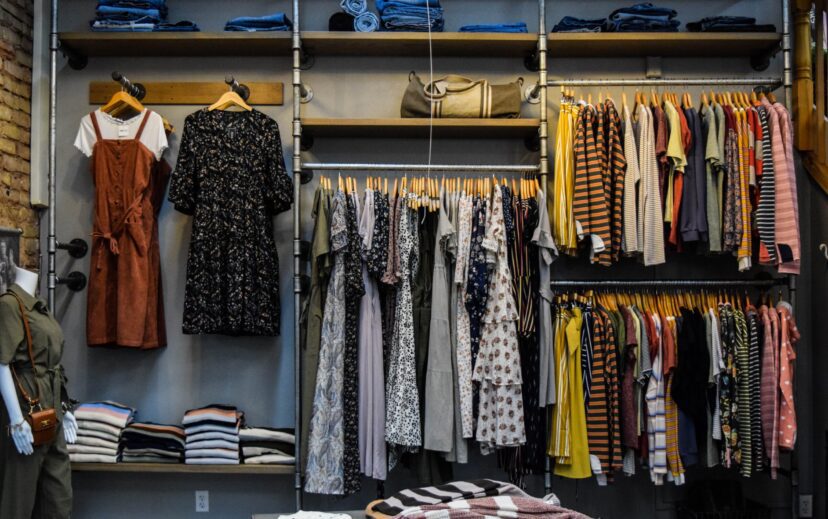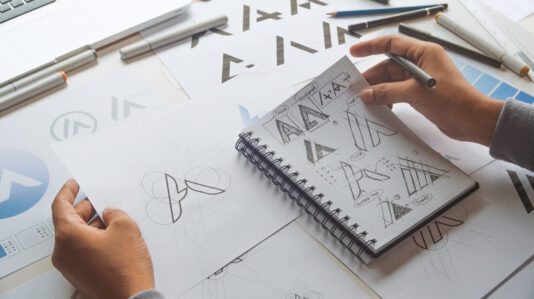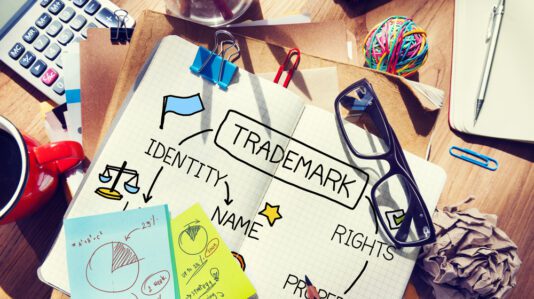Fashion lines come in all shapes and sizes: from those created by celebrities, to lines conceived by up-and-coming designers, to those crafted by established fashion houses. While fashion is a creative and artistic industry, it is still important for designers to know the fundamentals of starting a new business. If you’re thinking of starting your own fashion line, keep these points in mind before opening up shop.
Setting Up a Business Entity
The first step before starting your fashion line is setting up a business entity. This also means you have the important task of choosing the right name.
The fashion designer has five basic choices to choose from in deciding how to operate their business: a sole proprietorship, a partnership, a limited liability company (LLC) or a corporation—either an S corporation (S-Corp) or a C corporation (C-Corp). A sixth option, a benefit corporation (B-Corp), is on the rise as consumers continue to buy clothing that is more sustainable and socially responsible. B-Corps are required to meet certain social and environmental business standards and popular fashion lines such as Bombas, Patagonia and Allbirds are great examples of the type of sustainable fashion by B-Corps.
Branding and Intellectual Property Issues
Choosing and developing your fashion line’s name, symbols and logos is another crucial starting task for any new fashion company. Whether you are designing shoes, apparel, jewelry or accessories – the name of the company and its source identifiers, like a logo, color or distinctive packaging, should be registered as trademarks whenever possible.
It’s especially important for fashion designers to seek trademark protection since their logos sometimes serve as the only protectable form of intellectual property of their brand. Whether your logo is a version of your brand name written in old-English script or a small icon (think alligators, moose or birds), it’s important to register your mark so that you can use the coveted symbol and let others know that you own the exclusive right to use the mark. If you decide to follow in the footsteps of Calvin Klein or Kate Spade, and name your line after yourself or another person, one matter to keep in mind is that the U.S. Patent and Trademark Office (USPTO) will not, subject to certain exceptions, register marks that are “primarily merely a surname.”
While trademarks will be the most applicable form of intellectual property that designers can register, they should also be aware of the other forms of intellectual property that could apply to their lines. Copyright is not largely available in the fashion world, though it may be applicable to specific jewelry designs or fashion articles that incorporate new and unique fabrics, embroidery or even images. Designers may also be able to register for utility or design patents. Design patents protect ornamental designs or useful items that help create an aesthetic, like unique textile designs or the waistband design of Lululemon yoga pants. Utility patents protect new and useful inventions, devices or processes, like the clasp on a handbag or Uniqlo’s HEATTECH fabrics.
Unless you happen to be an expert in both style and intellectual property law, it is helpful to hire an attorney to complete the registration process. The attorney will make sure that the application is filed correctly and that you receive all necessary protections to avoid any costly legal problems in the future.
Effective Contracts
Now it is time to start interacting with clients and industry personnel. Most budding fashion designers begin their business by working with a small network, perhaps made up of family and friends, and produce made-to-order works based on a particularized set of terms. For this reason, well-drafted service contracts that outline specifics, such as payment procedures and intellectual property ownership rights, are essential to new fashion designers. These service agreements will be specialized and specific because they make clear to both the designers and their clients exactly what is expected from their relationship, avoiding surprises that lead to costly disputes.
In addition to service agreements, fashion designers will come across a variety of other contracts that would benefit from an attorney’s review. These include contracts with suppliers, manufacturers, retailers and employees. Enlisting an attorney for assistance in drafting and reviewing these agreements will keep you protected while you focus on the creative aspects of your brand.
Conclusion
Starting a fashion line should be an exciting endeavor. An experienced attorney will be able to assist you with navigating the legal ins and outs of starting your line, allowing you to focus on the parts of the business you do best.





